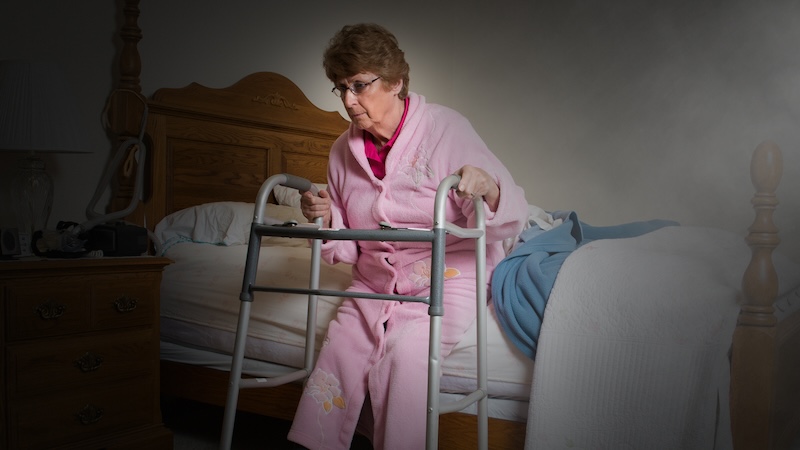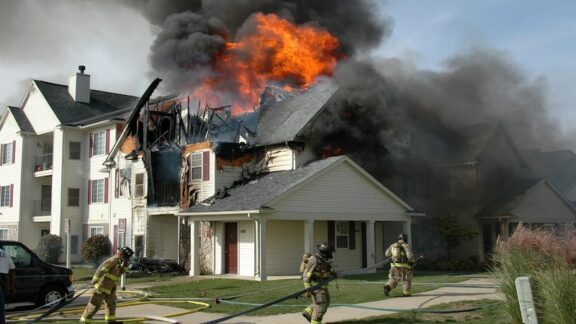The decision to move to long-term care is a tough one, for yourself or a loved one. Nearly 1.2 million licensed beds are available in assisted living facilities, and today’s 65-year-olds face nearly a 70% chance of needing long-term care or support in their remaining years. Recognizing when it’s time for assisted living and understanding the types of care available can help families make thoughtful, informed decisions.
Signs it might be time for assisted living
Several indicators can suggest that it is time to consider assisted living. Physical changes, such as recent falls or worsening health conditions, often make in-home support insufficient. Difficulty with activities of daily living (called ADLs in the industry, including bathing, dressing, eating, or using the restroom) is another clear sign that professional assistance could improve a person’s safety and quality of life.
Other clues that point to the need for daily oversight may appear in everyday routines. Unintended weight loss or gain can signal nutrition challenges, while a shrinking social circle or reduced interest in hobbies may indicate emotional or cognitive decline. Dangerous driving or minor car accidents can also point to declining judgment or reflexes. When in doubt, a doctor or nurse trained in geriatrics can evaluate your loved one and offer guidance.
Here are a few other indicators to look for:
1. Medication mismanagement
Improper medication management is a significant concern for seniors. The Centers for Disease Control and Prevention (CDC) estimates that over 600,000 seniors aged 65 and older visit emergency rooms annually due to medication misuse. Assisted living communities often provide medication reminders and administration to ensure proper usage.
2. Declining home maintenance
An inability to maintain the home can be a red flag. Neglected housekeeping, piles of unopened mail, cluttered living spaces, and unkempt lawns may indicate that daily tasks have become overwhelming, posing safety risks and mental health challenges.
3. Cognitive and behavioral changes
Increased forgetfulness, confusion, or repetitive questioning can signal cognitive decline. These changes may affect daily functioning and safety, making it challenging to live independently.
4. Social withdrawal
 Withdrawal from social activities and a noticeable decline in engagement can be signs of depression or mobility issues. Assisted living communities offer social opportunities that can help combat loneliness and the health issues it can cause.
Withdrawal from social activities and a noticeable decline in engagement can be signs of depression or mobility issues. Assisted living communities offer social opportunities that can help combat loneliness and the health issues it can cause.
5. Financial mismanagement
Difficulty managing finances, such as unpaid bills or unusual purchases or subscriptions, can indicate cognitive decline or vulnerability to financial exploitation, since seniors with cognitive impairments are more susceptible to financial abuse and thus in need of financial caregiving.
Understanding types of senior living
Not all senior living communities provide the same level of care. Knowing the distinctions of each can help families match a senior’s needs with the right setting.
Active adult and independent living communities
For seniors seeking low-maintenance living with social opportunities, senior apartments, active adult or independent living communities are ideal. These options often provide amenities, meal services, and spaces for hobbies and social interaction, supporting an engaging and relatively independent lifestyle.
Assisted care communities
Assisted living facilities provide daily support with activities of living while fostering social connections. Personal care communities, available in some states like Kentucky and Pennsylvania, offer a slightly higher level of support than standard assisted living. Residential care homes, often small and family-like, provide personalized care in a single-family house setting. Respite care allows temporary stays, giving caregivers a needed break while assessing long-term options.
Nursing care
For seniors requiring more intensive medical support, skilled nursing care communities offer 24-hour oversight (not all communities offer 24-hour skilled care – check with the community). This includes long-term care, memory care for Alzheimer’s or dementia, rehabilitation care for recovery after illness or injury, and skilled nursing facilities with round-the-clock nursing staff. These settings ensure that residents receive specialized care when independence is no longer sufficient.
Related: Assisted Care or Nursing Care?
Memory care
Those who have Alzheimer’s or other dementias can find safety and security in a community that caters to their needs. A memory care program tailors their services, providing calm surroundings, trained professionals, and other important benefits.
Continuing Care Retirement Communities (CCRCs)
CCRCs (also known as Life Plan Communities) offer a continuum of care, allowing residents to transition seamlessly from independent living to higher levels of support as their needs change. This option appeals to those who value long-term stability and peace of mind.
Moving from home to assisted living is a major adjustment, but preparation can make it smoother.
Balancing independence and safety
Deciding when it’s time for assisted living is about both health and quality of life. The goal is to find a community that maintains independence where possible while addressing physical, emotional, and social needs. Seniors benefit from environments that encourage social engagement, provide nutritious meals, and support safe daily routines.
Starting the decision-making process early and observing key indicators can make the transition to assisted living a more positive experience. While it is a sensitive decision, it is one that ultimately helps our loved ones live safely and comfortably. By understanding the different types of senior living communities and preparing for the move with attention to personal needs and preferences, you can ensure that you or your loved one is happy and healthy in their new home.





